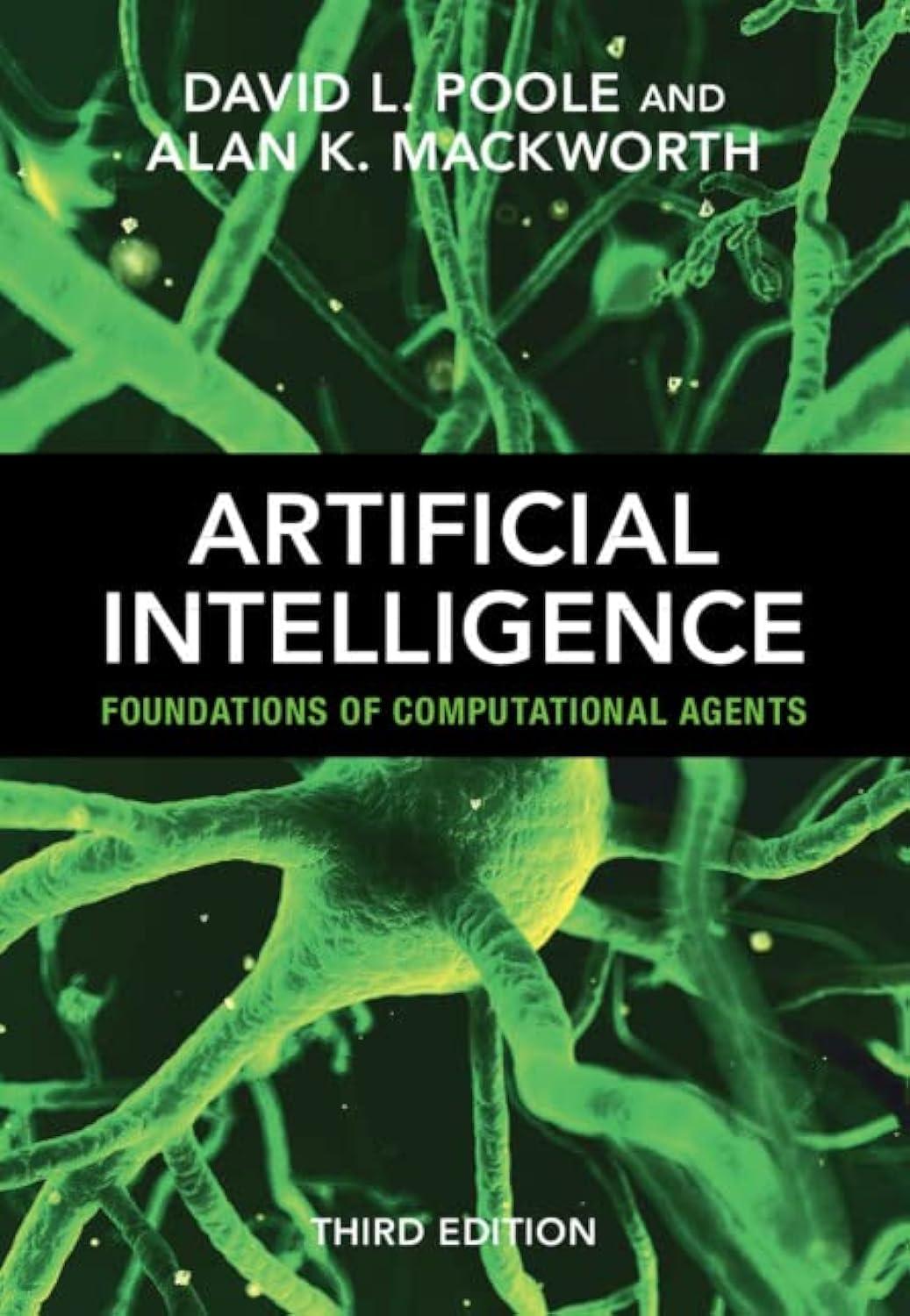One of the decisions we must make in real life is whether to accept an invitation even
Question:
One of the decisions we must make in real life is whether to accept an invitation even though we are not sure we can or want to go to an event. Figure 12.24 gives a decision network for such a problem. Suppose that all of the decision and random variables are Boolean (i.e., have domain {true, false}). You can accept the invitation, but when the time comes, you still must decide whether or not to go. You might get sick in between accepting the invitation and having to decide to go. Even if you decide to go, if you have not accepted the invitation you may not be able to go. If you get sick, you have a good excuse not to go. Your utility depends on whether you accept, whether you have a good excuse, and whether you actually go.
(a) Give a table representing a possible utility function. Assume the unique best outcome is that you accept the invitation, you do not have a good excuse, but you do go. The unique worst outcome is that you accept the invitation, you do not have a good excuse, and you do not go. Make your other utility values reasonable.
(b) Suppose that you get to observe whether you are sick before accepting the invitation. Note that this is a different variable than if you are sick after accepting the invitation. Add to the network so that this situation can be modeled. You must not change the utility function, but the new observation must have a positive value of information. The resulting network must be no-forgetting.
(c) Suppose that, after you have decided whether to accept the original invitation and before you decide to go, you can find out if you get a better invitation (to an event that clashes with the original event, so you cannot go to both). Suppose you would prefer the later invitation than the original event you were invited to. (The difficult decision is whether to accept the first invitation or wait until you get a better invitation, which you may not get.) Unfortunately, having another invitation does not provide a good excuse. On the network, add the node “better invitation” and all relevant arcs to model this situation. [You do not have to include the node and arcs from part (b).]
(d) If you have an arc between “better invitation” and “accept invitation” in part (c), explain why (i.e., what must the world be like to make this arc appropriate). If you did not have such an arc, which way could it go to still fit the preceding story; explain what must happen in the world to make this arc appropriate.
(e) If there was not an arc between “better invitation” and “accept invitation”
(whether or not you drew such an arc), what must be true in the world to make this lack of arc appropriate?
Step by Step Answer:

Artificial Intelligence: Foundations Of Computational Agents
ISBN: 9781009258197
3rd Edition
Authors: David L. Poole , Alan K. Mackworth






